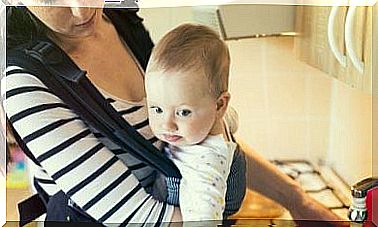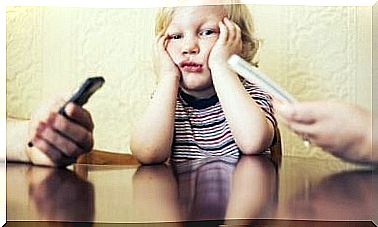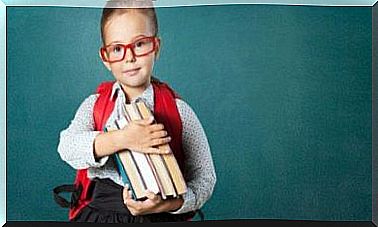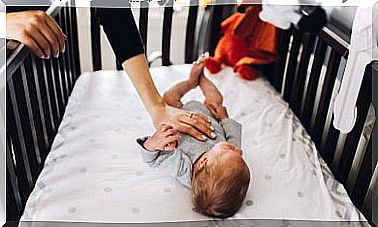When Is The Best Learning Age For Children?
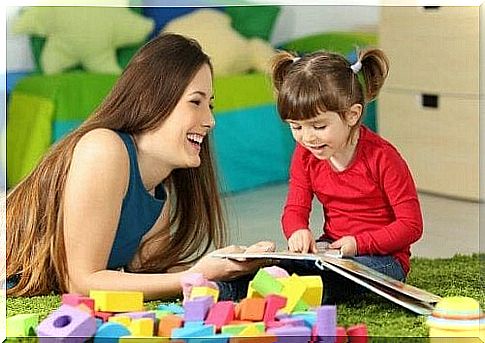
Parents often wonder when is the best learning age. You wonder what phase of life is the best time for children to learn motor activities, cognitive skills, or emotional understanding.
In this article you will find everything you need to know about this topic.
When we see children in their daily activities and playing, we will see how quickly they adapt. They can imitate information that they constantly perceive with all of their senses.
Of course, this topic is not new. In fact, it has been extensively studied by various disciplines such as neuroscience.
Thus, children’s brain connections have been studied on numerous occasions, and researchers have been able to draw amazing conclusions. We’ll share the results with you below.
Armed with all of this information, you can stimulate your child’s learning. That way it can reach its potential.
When is the best learning age for children?
To determine the best learning age in children , neuropediatric studies looked at brain plasticity.
They claim that the plasticity of the brain makes the mind and senses of children act like a sponge. Children absorb knowledge best between a few months and six years of age.
They take in all the information they see around them. Plus, they do this very quickly and naturally.
During this time , children go through a sensitive learning phase. It’s a phase that you should definitely take advantage of. At this point, children can retain most of the knowledge.
This capacity covers areas such as musical and math skills, and motor coordination. It also includes emotional attachment, as well as memory development in relation to visual skills and of course language development.
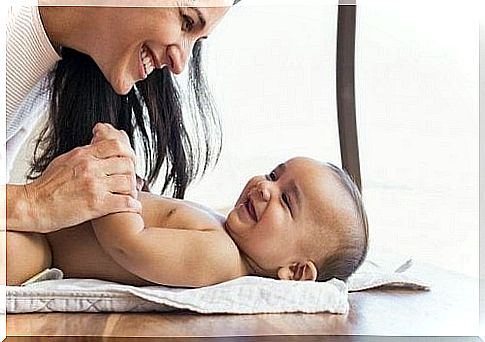
What should children learn at different stages of life?
Although children between the first months of life and six years of age have exceptional learning abilities, the ability to retain knowledge depends on age.
The best learning age for children: from birth to two years
The amygdala is a subcortical structure in the brain that has multiple connections. This allows someone to integrate emotions, memories, and feelings. Hence, the amygdala determines a large part of a person’s emotional behavior.
Therefore, the way you interact with your baby from birth to two years of age will enable them to develop certain behaviors.
For example, your child may develop either an insecure-avoidant attachment or empathy with others. This allows the little ones to develop trust, respect for authority, or fear.
We should note that healthy and secure attachments and adequate emotional intelligence affect all aspects of social development. Therefore, parents should be careful how they treat their child during this time.
The first months to five years
During this time , children’s brains build connections between what they see, what it is used for, and what it means.
This is thanks to the fact that children learn by seeing. So when they see lights, colors, different shapes, and even distances, this can help them develop their motor coordination later on.
Eight months to eight years
After eight months , children try to mimic the sounds they hear. In this way, they try to achieve more direct communication with their parents or loved ones.
Of course , they start babbling and imitating small noises. At around the age of three they develop the syntactic ability to form meaningful sentences in the correct order.
From the age of three and until the children are around eight years old, they consolidate the accents and vocabulary that they learn from their parents and in school.
It is therefore important that you speak to your children properly. In addition, they will develop a love for reading and learn a new language.
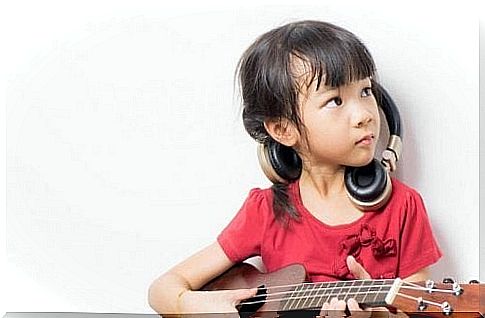
Between one and eight years
This period is also considered to be a special phase in life for learning to play a musical instrument. Activities that require motor coordination activate the same areas in which math is learned.
That’s why children also learn to think spatially. This is one of the most important skills children need to be able to play instruments.
Ultimately, remember that parents are role models and partners in their children’s learning. With their help, children can learn a wider range of skills and good self-control.


